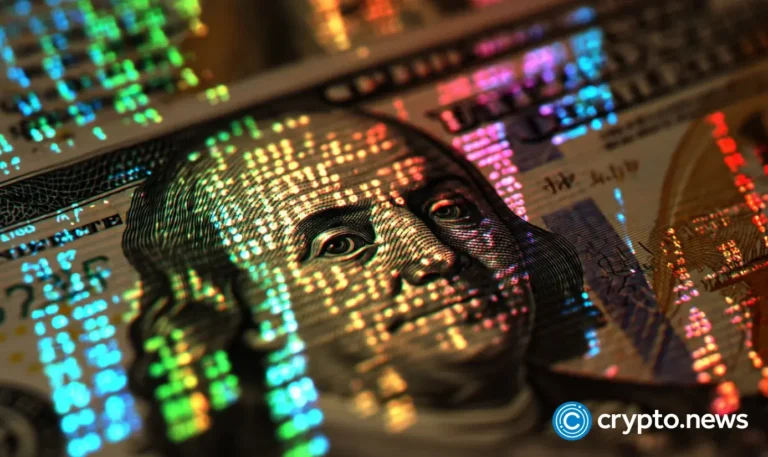Disclosure: The views and opinions expressed here belong solely to the author and do not represent the views and opinions of crypto.news’ editorial.
With DeFi’s rapid shifts in market sentiment and volatility, protocols are constantly seeking ways to demonstrate real value accrual to incentivise meaningful participation and build community trust. Token buybacks have emerged as a viable yet polarising strategy: Similar to traditional finance’s stock buybacks, they involve the repurchasing of tokens from the open market, which in turn reduces supply and potentially drives the token value higher. Critics argue that such moves can artificially inflate prices or divert resources from more productive protocol pursuits.
Writing off token buybacks based on these concerns would be premature. Token buybacks that factor in strategic timing, sustainable protocol revenue, and tangible utility are capable of addressing the aforementioned criticisms, delivering long-term value, and becoming a proof-of-resilience in decentralised finance. Such buybacks make a sound strategy when the supply reduction is paired with a deliberate improvement in fundamentals, such as token utility, network effects, and ecosystem growth.
Revenue-based buybacks also serve as reliable signals of financial health, as they are funded by actual protocol earnings rather than prior token sales or liquidity mining leftovers. Moreover, buybacks provide sustainable value when they are designed to complement governance incentives, with on-chain execution ensuring transparency.
A booster for undervalued tokens
Buybacks pose as catalysts for undervalued tokens through a reduction in their circulating supply. In theory, such scarcity generates upward price pressure that can stabilise or enhance token value. In practice, this only holds true if the token has strong fundamentals and real demand.
For buybacks to be effective, the token at hand must have actual product-market fit. In addition to healthy token demand, protocols should actively integrate their buyback programme with strategies that increase token utility, foster ecosystem growth, and amplify network effects.
Aave’s (AAVE) $4 million buyback programme exemplifies this holistic approach. Its first phase rolled out in April 2025 following Aave DAO’s approval with over 99% consensus, reflecting high community alignment and belief in the AAVE token’s underlying utility. The buyback was also part of Aave’s comprehensive tokenomics overhaul, directly distributing repurchased tokens to stakers and encouraging governance participation. The AAVE token price rose by 14% shortly after implementation, demonstrating how a buyback programme that meets genuine user needs can create demand touchpoints and ecosystem expansion.
A signal of financial health
Buybacks serve as powerful indicators of a protocol’s revenue and profitability, showing that the protocol is generating value and is confident enough in its near-future prospects to return it to holders. The key is to distinguish legitimate programmes from deceptive practices by examining the financial sources that fund the token repurchases.
Revenue-based buybacks draw on a protocol’s actual revenue streams to acquire tokens from the open market, establishing a direct link between the token value and the protocol’s actual performance. These instances typically signal that the protocol is not only surviving but actively thriving, with robust liquidity and a sustainable financial runway.
In contrast, buybacks funded by treasury reserves or unused liquidity mining reserves pose as elusive performance indicators. Such mechanisms simply recycle previously distributed tokens back into the markets. This becomes especially problematic for protocols with high-emission models, where they mask ongoing dilution as value-accruing activity.
A delivery of long-term value
Buybacks also bolster investor confidence by delivering long-term value to token holders and protocol supporters. Unlike their TradFi counterpart, which primarily benefits institutional shareholders, token buybacks are frequently incorporated into protocol governance and community incentive programmes.
A noteworthy example of the token buybacks’ communal element is Jupiter (JUP) DEX’s buyback programme. Launched in February 2025, the protocol allocates 50% of its operational revenue to repurchase JUP tokens. As governance tokens, the reduced circulating supply creates a direct feedback loop where protocol success translates to enhanced community governance influence among long-term holders.
Many token buybacks are also executed on-chain, allowing anyone to verify the protocol’s commitment to its buyback goals. Such visibility builds trust, holds the team accountable, and strengthens the protocol’s reputation for resilience.
Paving the way for strategic value and long-term impact
Critics regard buybacks as a short-sighted, misleading tactic that glosses over a protocol’s fundamental issues. Whilst valid, such instances should be attributed to poor planning rather than the strategy itself.
Successful buybacks are often attributed to straightforward yet overlooked principles. They should be strategically timed to capitalise on market changes, funded by actual revenue, and designed to encourage engagement with protocol governance. Protocols should also be able to share a comprehensive buyback rationale with their communities, explaining how it contributes to their long-term roadmap and value accrual.
What’s next?
Token buybacks remain an impactful strategy for value accrual, provided that they are conducted with strategic planning and the protocol’s vision in mind. Protocols considering a buyback should evaluate whether they offer the best return on investment among all possible growth strategies, how they contribute to the long-term roadmap, and how to maintain transparency in their processes for the community.
On the token holder’s end, due diligence is essential before participating in a buyback program. Key considerations include how the funds are allocated, how committed the developers are to protocol growth, and why the buyback was even implemented in the first place. Such a thorough assessment will help to avoid scams where liquidity is artificially inflated without proper roadmaps or use cases for the protocol.
When executed with purpose and a clear direction, token buybacks make effective catalysts that benefit both protocols and their communities, shining as the ultimate proof-of-resilience in DeFi.




